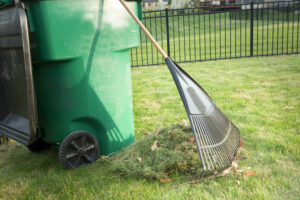Cold temperatures are a part of living in Utah. While our climate means balmy summers and temperate autumns, Utah can also be home to some icy and intense winters. This can spell trouble for your plant life. Taking proper precautions can help protect your landscaping from damage and ensure brilliant blooms come springtime.
Frost vs Freeze
When protecting your plants, it’s important to know what you are up against. Your plants can be impacted by both frost and freeze. Frost typically occurs when temperatures approach freezing and ice crystals form on the plants due to increased moisture in the air. A freeze occurs when temperatures dip below freezing, causing water in the plants to freeze and cause damage.
Prevention
The best way to prevent frost and freeze damage is to protect the root system before freezing temperatures set in. Cover the roots of tender plants with a layer of fresh mulch. This will help keep the cold out while ensuring that the soil maintains just enough moisture and sunlight. Before the snow begins to fall, water and apply fertilizer. This will ensure that your plants are hardy enough to face the cooler temperatures. Also, bring in potted plants to store in your home. Any tender bulbs should be dug up and stored in a cool, dry place such as a garage or cellar.
Protection
Though it may look silly, consider wrapping your plants at night to protect them from freezing. You can place burlap or a cotton covering, such as old towels or bedsheets. This will help protect your plants from leaf burn and help maintain a steady level of moisture, keeping your plants from drying and breaking. Winter can also bring on wind damage. While you may not be able to protect all of your landscaping, make sure to properly prune off any dead or dying plant material before freezing temperatures set in.
















